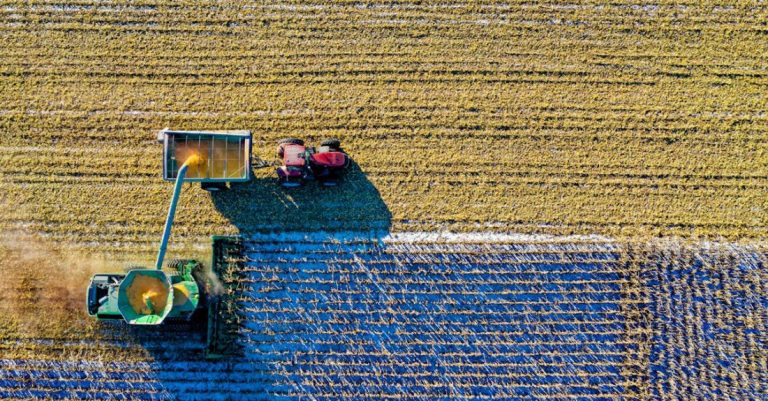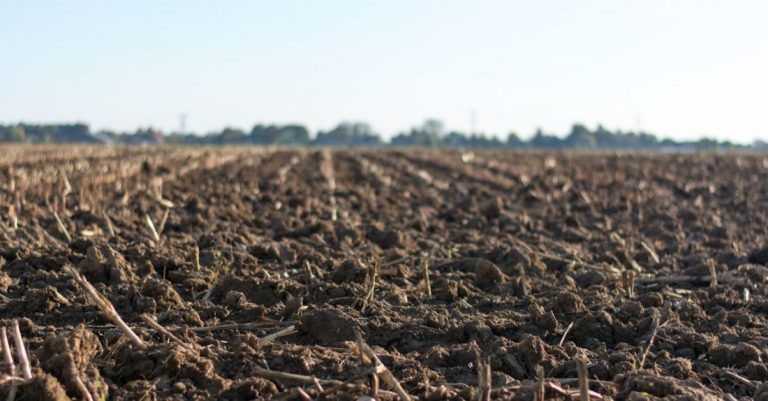
Creating a Permaculture Community Project
Embarking on a permaculture community project is a fulfilling endeavor that can have a positive impact on the environment and society. Permaculture, derived from the words “permanent” and “agriculture,” is a holistic approach to designing sustainable systems that work in harmony with nature. By implementing permaculture principles in a community project, you can promote self-sufficiency, biodiversity, and resilience. Here are some essential steps to help you start a successful permaculture community project.
Define Your Vision
Before diving into the practical aspects of your permaculture project, it’s crucial to define your vision. What are your goals for the project? Do you want to create a self-sustaining food forest, establish a community garden, or redesign urban spaces to be more sustainable? Clarifying your vision will guide your decision-making process and inspire others to join your efforts.
Engage the Community
Building a permaculture community project is a collaborative effort that requires the participation of community members. Engage with your neighbors, local organizations, schools, and businesses to gather support and ideas. Hosting informational sessions, workshops, and community events can help raise awareness and attract volunteers who share your passion for sustainability.
Site Assessment and Design
Conduct a thorough assessment of the project site to understand its unique characteristics, including soil quality, sunlight exposure, water sources, and existing flora and fauna. Use this information to create a permaculture design that maximizes the site’s potential and minimizes environmental impact. Consider elements such as water catchment systems, companion planting, and renewable energy solutions to enhance the project’s sustainability.
Implement Permaculture Principles
Incorporate permaculture principles into every aspect of your community project to create a resilient and regenerative system. Design with nature by mimicking natural patterns and processes, such as using organic mulch to improve soil fertility or planting native species to support local biodiversity. Embrace diversity by integrating a variety of plants, animals, and microorganisms to create a balanced ecosystem. Practice resource efficiency by recycling materials, conserving water, and minimizing waste in your project.
Sustainable Practices and Education
Promote sustainable practices within your permaculture community project by implementing eco-friendly techniques such as composting, rainwater harvesting, and organic gardening. Educate community members about the benefits of permaculture and empower them to adopt sustainable habits in their daily lives. Host workshops, training sessions, and hands-on activities to share knowledge and build a sense of environmental stewardship among participants.
Collaborate with Experts
Seek guidance from experienced permaculture practitioners, environmentalists, and sustainable design professionals to enhance the success of your community project. Collaborating with experts can provide valuable insights, technical advice, and innovative solutions to overcome challenges and achieve your project goals. Build a network of mentors and partners who can offer support and guidance throughout the project implementation process.
Celebrate Achievements and Share Success Stories
As your permaculture community project evolves and grows, take the time to celebrate achievements and milestones with the community. Host harvest festivals, volunteer appreciation events, and educational tours to showcase the impact of your project and inspire others to get involved. Share success stories, photos, and testimonials on social media, local newspapers, and community forums to raise awareness and attract new supporters.
Embrace Continuous Learning and Improvement
Permaculture is a dynamic and evolving practice that requires ongoing learning, experimentation, and adaptation. Embrace a mindset of continuous improvement by seeking feedback from community members, monitoring the project’s progress, and adjusting your strategies as needed. Stay open to new ideas, technologies, and best practices in permaculture to ensure the long-term success and sustainability of your community project.
In conclusion,
Starting a permaculture community project is a rewarding journey that can make a positive impact on the environment and empower communities to live in harmony with nature. By defining your vision, engaging the community, implementing permaculture principles, and collaborating with experts, you can create a sustainable and resilient project that inspires others to embrace a more regenerative way of living. Celebrate achievements, share success stories, and continue learning and improving to ensure the long-term success of your permaculture community project.





